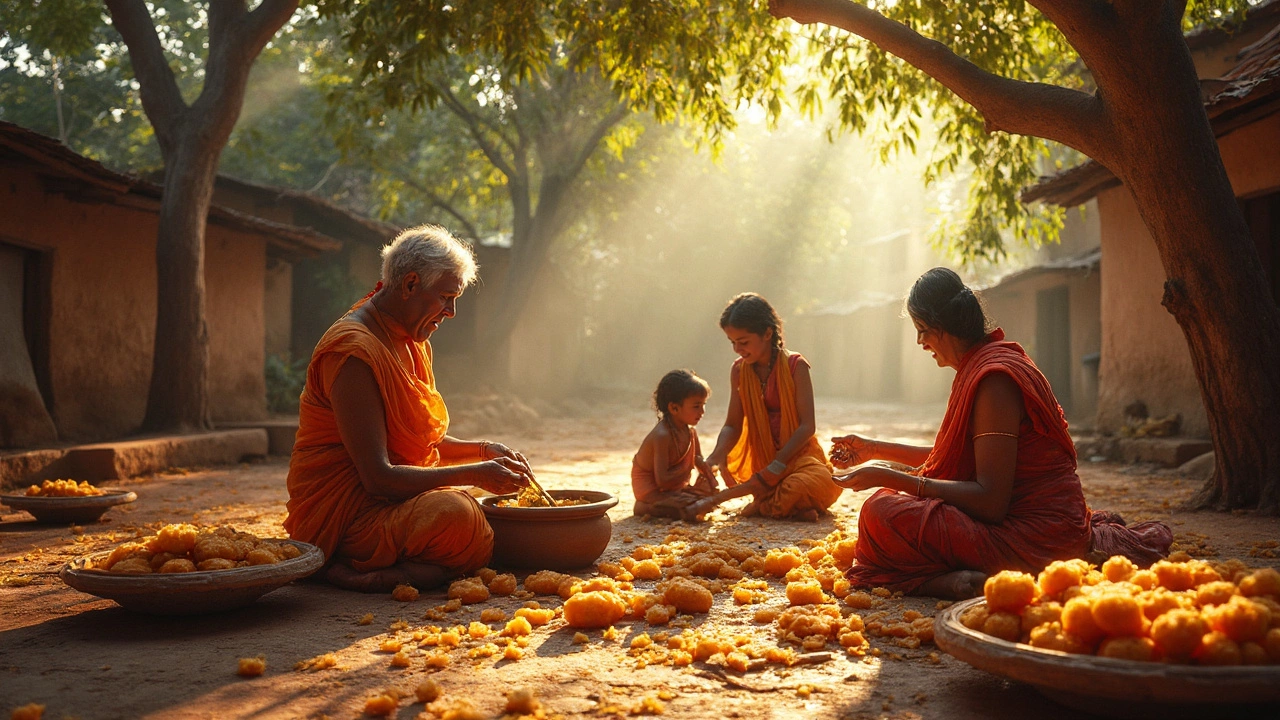Sugar History in India: From Jaggery to Refined Sugar
When you bite into a piece of jaggery or sprinkle white sugar on a chai, you’re tasting a story that goes back thousands of years. India didn’t just adopt sugar; it helped shape the whole sweet‑ening journey. Let’s walk through how sugar started, changed, and ended up on our plates today.
Early Natural Sweeteners
Long before any factory existed, people in the Indian subcontinent used what nature gave them. The most common sweetener was jaggery – a solid block made by boiling sugarcane juice or palm sap until it thickened. Ancient texts like the Mahabharata and the Ramayana mention jaggery as a gift to gods and a staple in royal kitchens.
In the south, toddy palm sap was collected and turned into “karupatti” (palm jaggery). In the north, sugarcane grew along riverbanks, and its juice was reduced in large earthen pots. The process was simple: cut the cane, crush it, filter the juice, and heat it over a wood fire. The result was a dark, caramel‑flavored solid that could be stored for months.
These natural sweeteners weren’t just for desserts. They flavored curries, helped preserve pickles, and even acted as a quick source of energy for travelers. Because the method relied on local crops and low‑tech tools, jaggery remained the go‑to sweetener for most of Indian history.
Colonial Influence and Modern Production
Things shifted when the Portuguese arrived in the 16th century. They brought the technique of crystallizing sugar from beet and cane juice, a method refined in Europe. Soon, the British East India Company set up the first large‑scale sugar mills in Bengal and Gujarat.
These mills used steam‑driven rollers to extract juice and then boiled it under controlled conditions to produce white crystalline sugar. The new product was cheaper to transport, lasted longer, and looked “cleaner” than jaggery. Urban markets quickly adopted it, and recipes started swapping jaggery for refined sugar.
However, the change wasn’t uniform. Rural families kept using jaggery because it was cheaper and familiar. Even today, you’ll find a split: street vendors often serve sweets made with jaggery, while bakeries use white sugar for cakes and cookies.
Post‑independence, India set up its own sugar cooperatives, especially in Maharashtra and Karnataka. The government encouraged sugarcane farming, leading to a boom in production. Modern refineries now process millions of tons of cane each year, supplying both domestic demand and export markets.
While refined sugar dominates the pantry, jaggery has seen a revival. Health‑conscious cooks praise its minerals and lower processing. You’ll notice new recipes labeling “jaggery” as a natural alternative, and many restaurants feature jaggery‑based desserts on their menus.
So, the next time you sweeten your tea, think about the journey – from a farmer’s cane field, through a clay pot on a fire, to a massive steel mill, and back to a small block of jaggery in a grandma’s kitchen. Sugar’s history in India is a mix of tradition and technology, and both sides still taste great today.
Oldest Candy in India: Tracing the Sweet Roots of Indian Sweets
Ever wondered what counts as the oldest candy in India? This article digs into the ancient roots of Indian sweets, spotlighting jaggery-based treats and early sugarcraft. It unearths the story behind legendary sweets, explores why they've survived for centuries, and breaks down how these early candies were made at home. Expect taste, nostalgia, and a few surprising facts about India’s enduring sweet traditions.
